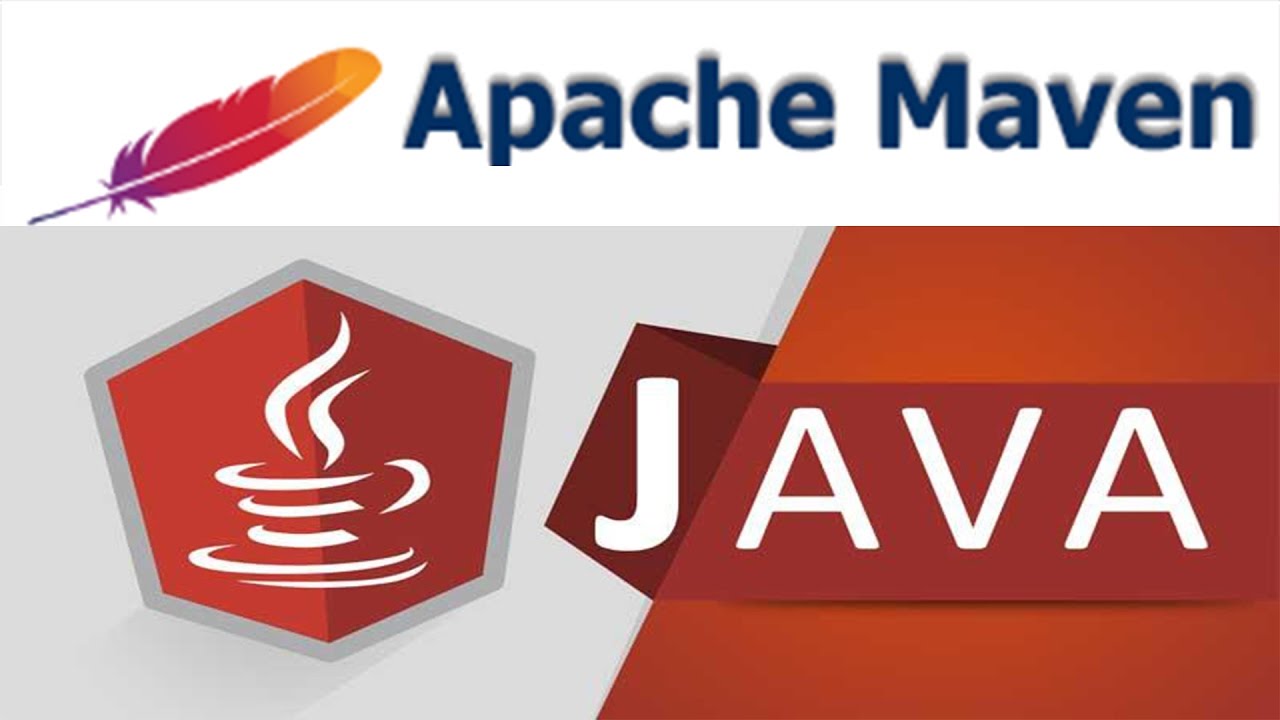Maven is a tool that can now be used for building and managing any Java-based project. We hope that we have created something that will make the day-to-day work of Java developers easier and generally help with the comprehension of any Java-based project.
Maven’s Objectives:-
Maven’s primary goal is to allow a developer to comprehend the complete state of a development effort in the shortest period of time. In order to attain this goal, Maven deals with several areas of concern:-
Making the build process easy.
Providing a uniform build system.
Providing quality project information.
Encouraging better development practices.
Making the build process easy.
While using Maven doesn’t eliminate the need to know about the underlying mechanisms, Maven does shield developers from many details.
Providing a uniform build system:-
Maven builds a project using its project object model (POM) and a set of plugins. Once you familiarize yourself with one Maven project, you know how all Maven projects build. This saves time when navigating many projects.
Providing quality project information:-
Maven provides useful project information that is in part taken from your POM and in part generated from your project’s sources. For example, Maven can provide:
Change log created directly from source control.
Cross-referenced sources.
Mailing lists are managed by the project.
Dependencies used by the project.
Unit test reports including coverage.
Third-party code analysis products also provide Maven plugins that add their reports to the standard information given by Maven.
Providing guidelines for best practices development:-
Maven aims to gather current principles for best practices development and make it easy to guide a project in that direction. For example, specification, execution, and reporting of unit tests are part of the normal build cycle using Maven. Current unit testing best practices were used as guidelines:
Keeping test source code in a separate, but parallel source tree. Using test case naming conventions to locate and execute tests. Having test cases set up their environment instead of customizing the build for test preparation.
Maven also assists in project workflows such as release and issue management.
Maven also suggests some guidelines on how to lay out your project’s directory structure. Once you learn the layout, you can easily navigate other projects that use Maven.
While Maven takes an opinionated approach to project layout, some projects may not fit with this structure for historical reasons. While Maven is designed to be flexible to the needs of different projects, it cannot cater to every situation without compromising its objectives. If your project has an unusual build structure that cannot be reorganized, you may have to forgo some features or the use of Maven altogether.
What is Maven Not?
You might have heard some of the following things about Maven:-
Maven is a site and documentation tool.
Maven extends Ant to let you download dependencies.
Maven is a set of reusable Ant scriptlets.
While Maven does these things, as you can read above in the What is Maven? section, these are not the only features Maven has, and its objectives are quite different.
| 1 | https://maven.apache.org/download.cgi | Find latest version of Maven |
| 2 | Cd /tmp && wget https://dlcdn.apache.org/maven/maven-3/3.8.6/binaries/apache-maven-3.8.6-bin.tar.gz | Download latest in /tmp |
| 3 | Tar -zxvf apache-maven-3.8.6-bin.tar.gz | Extract project |
| mv apache-maven-3.8.6 /opt/maven | Set maven home |
| 4 | echo ‘export M2_HOME=/opt/maven’| tee -a /etc/profile | Set M2_HOME for binary environment |
| 5 | echo ‘export MAVEN_HOME=/opt/maven’| tee -a /etc/profile | Set MAVEN_HOME |
| 6 | echo ‘ export PATH=${M2_HOME}/bin:${PATH}’| tee -a /etc/profile | Set binary environment |
| 7 | source /etc/profile | export configurations in current system environment |
